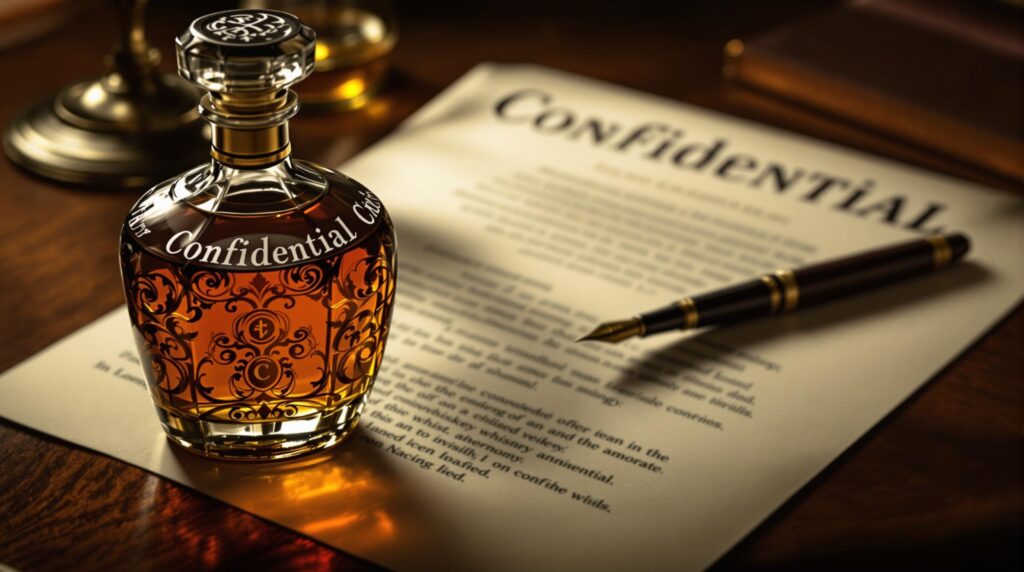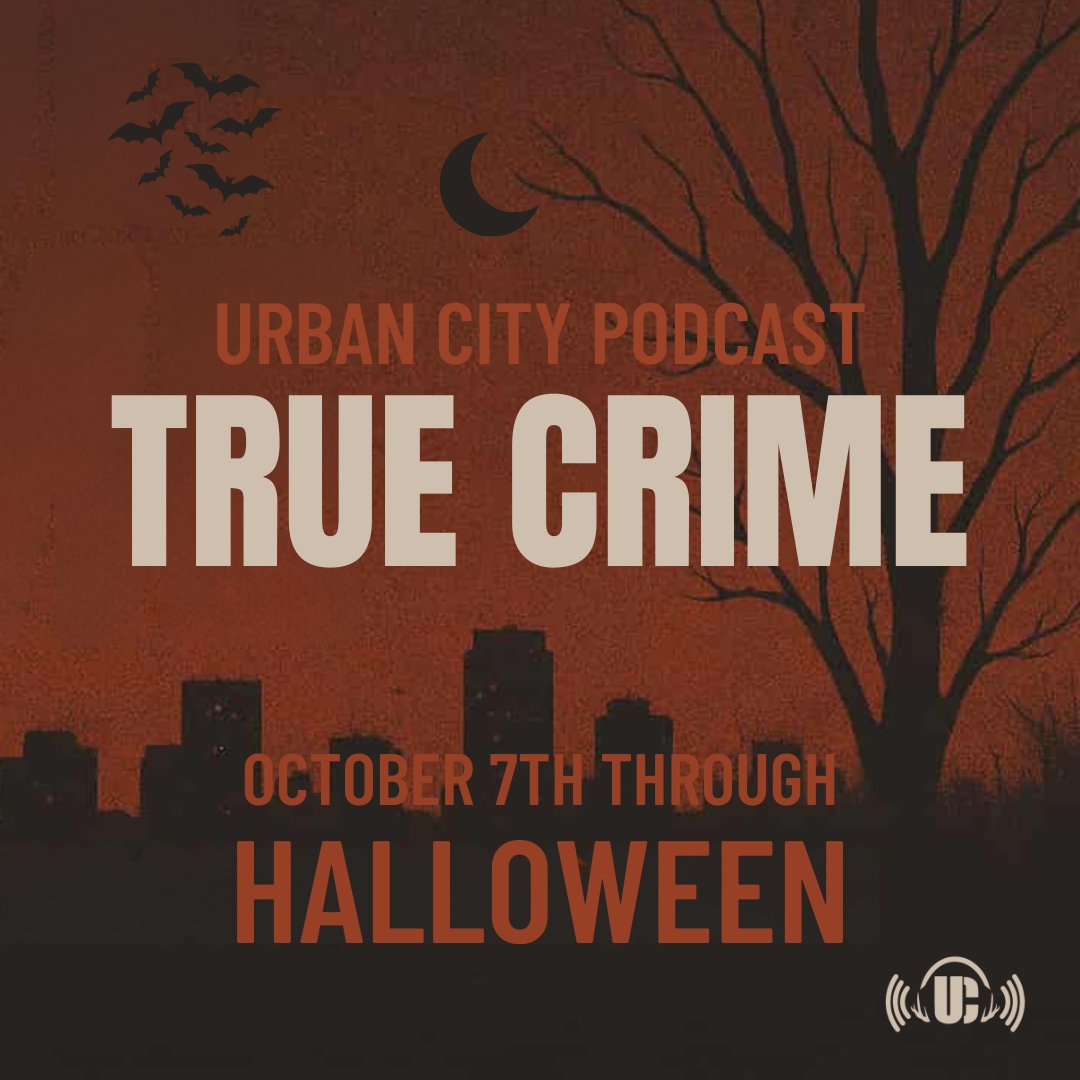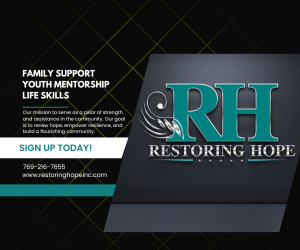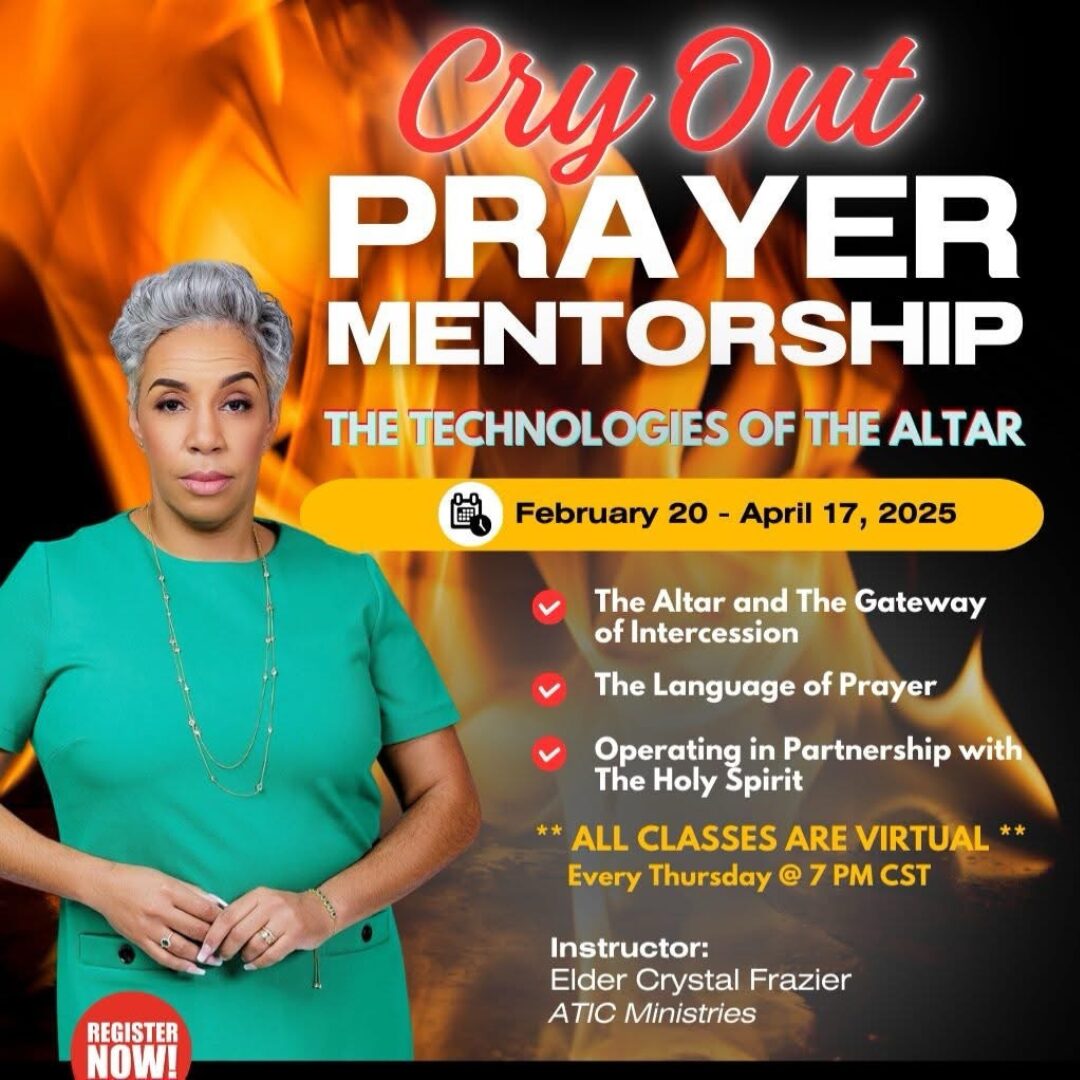Key Takeaways
- Uncle Nearest, a celebrated whiskey brand honoring Nathan “Nearest” Green, is facing a $100 million federal lawsuit from Farm Credit Mid-America.
- Allegations include loan defaults, missing whiskey barrels, and unauthorized asset sales.
- The lawsuit threatens the company’s independence, financial stability, and the cultural legacy it was built to protect.
From Glory to the Guillotine
The story of Uncle Nearest was once the kind of American success tale that marketers dream about.
It began with a piece of nearly forgotten history, the life of Nathan “Nearest” Green, the first known African American master distiller who taught a young Jack Daniel the art of making Tennessee whiskey.
For more than a century, his name was left out of the official story, but through research and determination, his legacy was brought back into the light.
A brand bearing his name burst onto the scene with a mission, a message, and a product that captured the attention of both critics and consumers.
The Nearest Green Distillery in Shelbyville, Tennessee, became a destination, drawing tour buses full of visitors eager to sip award-winning whiskey while standing on historic ground.
Guests walked through the same land that honored Green’s contribution to one of the most famous spirits in the world, feeling that every bottle purchased was a toast to justice restored.
Sales soared.
Headlines praised Uncle Nearest as the fastest-growing independent American whiskey brand.
Founder and CEO Fawn Weaver became a fixture in business media, celebrated not only for her entrepreneurial vision but also for building the first major American spirit brand led by an all female executive team.
Awards poured in from industry competitions, and the brand’s origin story was told and retold as a modern triumph of heritage and innovation.
But in the summer of 2025, that golden image collided with a legal storm of staggering proportions. Farm Credit Mid-America, the lender that had fueled the company’s rapid rise, filed a federal lawsuit alleging more than $108 million in loan defaults.
What had once been a narrative of reclamation and success suddenly shifted into a courtroom drama with the power to strip the brand of its independence, damage its reputation, and put the very legacy of Nathan Green back in jeopardy.
Now the distillery’s carefully cultivated public image is obscured by allegations of breached contracts, missing collateral, and financial overreach.
A brand built to honor history is now fighting for its own survival, its future to be decided not by whiskey lovers or brand advocates, but by the rulings of a federal judge.
The $108 Million Money Pit
The Loans That Built an Empire
What was once the fuel for Uncle Nearest’s meteoric rise has now become the weight dragging it toward potential collapse.
Court filings reveal a towering stack of loans from Farm Credit Mid-America, structured to finance aggressive growth and large-scale production.
The arrangement included a revolving credit facility of roughly $67 million, a $22 million term loan, and a $15 million real estate line of credit.
Together, these lending agreements were designed to fund expansions, secure premium whiskey stock, and support ambitious marketing campaigns that would keep the brand in the public eye.
When Growth Turns Into a Liability
For a time, the strategy seemed unstoppable. New visitor experiences opened at the distillery.
The brand’s whiskey appeared in more markets, earning shelf space alongside industry giants. Investments were made in high-profile properties and projects that matched the brand’s luxury image. But according to the lender, the financial machine that drove this growth began to falter.
Payment deadlines were missed, covenant requirements went unmet, and a cascade of alleged contract breaches began to accumulate.
Farm Credit Mid-America’s lawsuit claims these were not minor missteps but major violations that compromised the security of its lending position.
They point to overstated asset values, unapproved transactions, and a liquidity shortfall that signaled the company could no longer meet its obligations.
What was meant to be a financing lifeline had, in the lender’s view, transformed into a financial noose.
The sheer size of the alleged default, over $108 million, has jolted even seasoned industry observers. In an industry where heritage and perception can be as valuable as the liquid in the barrel, this kind of legal and financial blow could reverberate far beyond the company’s balance sheet.
The Case of the Vanishing Barrels
The Alleged Shortfall
At the center of one of the most explosive claims in the lawsuit is a reported $20 to $21 million shortfall in Uncle Nearest’s whiskey barrel inventory.
According to Farm Credit Mid-America, these barrels were pledged as collateral for the company’s loans. When lenders use barrels as security, each one represents not only the liquid value of the whiskey but also its projected market worth once aged and bottled.
Losing track of them, or misrepresenting their number, is a serious blow to lender confidence.
Why Barrels Are Big Money
In the whiskey industry, barrels are a form of liquid currency.
A single barrel can be worth thousands of dollars, and when multiplied across hundreds or thousands of barrels, the value can reach into the tens of millions.
These assets are meticulously logged and monitored because they represent future revenue.
If a lender believes these barrels are missing or sold without approval, it signals a potentially severe breach of contract and trust.
Claims of Unauthorized Sales
The lawsuit alleges that Uncle Nearest sold a portion of these barrels to cover other financial obligations without obtaining lender approval.
Such a move, if proven true, would violate key loan terms and potentially erode the company’s ability to generate future revenue.
For Farm Credit Mid-America, this is more than an accounting issue. It is an alleged depletion of the very assets meant to secure their investment.
The Risk to the Brand’s Future
If these claims are upheld in court, the repercussions go beyond immediate legal penalties.
The loss of high-value barrels would undermine future production schedules, limit sales, and threaten the company’s position in the market.
For a brand whose image is tied to both heritage and high-quality output, the perception of asset mismanagement could be as damaging as the financial loss itself.
The Vineyard Scandal
A Luxury Purchase Under Scrutiny
Among the allegations in the lawsuit is a high-profile real estate acquisition that has raised eyebrows far beyond the whiskey industry.
In 2024, Uncle Nearest purchased a Martha’s Vineyard property valued at more than $2 million. The lender argues that this purchase violated the terms of their loan agreements by redirecting funds and resources away from approved business uses.
The timing of the acquisition, coming as the company’s financial obligations were already under strain, has only amplified the controversy.
The Lender’s Position
Farm Credit Mid-America claims that the property purchase was made without proper disclosure or consent, a direct breach of contractual obligations.
In their filings, they suggest that the Martha’s Vineyard property offered no tangible benefit to the company’s core operations and instead represented a misuse of assets that should have been reserved for production, inventory, and expansion related to the whiskey business.
The Company’s Defense
Uncle Nearest has pushed back on the accusation, asserting that the property was intended as part of a long-term brand development strategy.
According to company statements, the site was to serve as an exclusive venue for investor gatherings, promotional events, and high-profile hospitality experiences designed to enhance the brand’s luxury appeal.
They argue that such investments are in line with the image and marketing needs of a premium spirits label.
The Perception Problem
Regardless of the strategic intent, the optics of the purchase have proven damaging. In the court of public opinion, spending millions on a prestigious vacation property while facing massive debt obligations invites skepticism.
For supporters of the brand, the move may be seen as a bold business play, but for critics and the lender, it fuels the narrative of financial priorities gone astray.
The CFO Sacrifice
The Sudden Departure
One of the most dramatic turns in the unfolding lawsuit centers on the abrupt firing of Chief Financial Officer Michael Senzaki. His removal came amid mounting questions about the company’s financial reporting and the accuracy of asset valuations presented to the lender.
The decision to cut ties was swift, signaling internal upheaval at a time when the company could least afford instability in its leadership.
Allegations Against the Former CFO
In legal filings and public statements, Uncle Nearest has placed significant blame for the alleged financial discrepancies on Senzaki.
The company claims that under his oversight, key loan covenant requirements were missed, inventory valuations were overstated, and certain lender notifications were neglected.
These accusations have become a central part of the brand’s defense strategy, painting Senzaki as the source of critical errors that triggered the lender’s legal action.
The CFO’s Absence and Its Ripple Effects
The departure of a top financial executive during a crisis inevitably sends shockwaves through both internal teams and external stakeholders. Investors, employees, and industry partners are left questioning the strength of the company’s financial controls.
For the lender, the leadership change underscores their claim that financial mismanagement contributed to the loan defaults and alleged breaches of agreement.
Internal Investigations Underway
Following Senzaki’s exit, the company initiated its own internal review to assess the scope of potential errors and determine whether other corrective actions are needed.
This investigation is ongoing and is expected to influence the company’s legal defense.
Depending on its findings, the probe could either strengthen the case that the issues were isolated to one executive or reveal deeper systemic weaknesses in the company’s financial oversight.
The Courtroom Confrontation
A High-Stakes Hearing
In early August 2025, the legal battle over Uncle Nearest reached a critical turning point inside a federal courtroom.
The hearing brought attorneys for both sides face-to-face as they presented starkly different narratives.
Farm Credit Mid-America pushed for swift intervention, arguing that the company’s financial condition was deteriorating and that immediate court action was necessary to protect its collateral.
The Judge’s Warning
During the proceedings, Judge Charles Atchley Jr. made a pointed observation that the company appeared to be financially overextended.
This remark underscored the seriousness of the situation and hinted at the court’s concern that without strong oversight, the brand’s remaining assets could be at risk.
The judge’s comments added weight to the lender’s call for the appointment of a receiver to take control of daily operations.
The Push for a Federal Receiver
Farm Credit Mid-America argued that only a court-appointed receiver could stabilize the business, manage its assets, and ensure that repayment obligations were met.
They claimed that leaving control in the hands of current management, even with limited restrictions, would allow financial and operational issues to persist.
The receiver, in their view, was the only safeguard against further erosion of collateral value.
The Company’s Counterargument
Uncle Nearest’s legal team countered that removing Fawn Weaver and her leadership team from operational control would do more harm than good.
They argued that the brand’s market presence, public trust, and sales momentum were closely tied to her involvement.
According to their position, stripping her of authority could damage relationships with distributors, retailers, and consumers, ultimately reducing the value of the very assets the lender was trying to protect.
The Gag Order Backlash
Operation Clear the Shelves
Before the court imposed any restrictions, Fawn Weaver launched a public campaign called Operation Clear the Shelves.
The effort urged supporters to buy Uncle Nearest products in stores across the country as a way to demonstrate consumer loyalty and provide an immediate sales boost.
Social media platforms lit up with photos, videos, and hashtags showing fans clearing liquor store shelves, turning the campaign into both a rallying cry and a viral marketing push.
The Court Steps In
The lender argued that these public statements and promotional efforts risked influencing the case outside the courtroom and could be seen as damaging to the collateral’s value.
In response, the judge issued a gag order, barring all parties from making public comments or social media posts about the lawsuit, the collateral, or the financial condition of the company until the motion for a receiver was resolved.
This legal restriction effectively silenced one of the brand’s most powerful tools — its direct communication with consumers.
The Clash Between Public Image and Legal Strategy
The gag order created an immediate conflict between protecting legal interests and preserving public goodwill.
On one side, the court sought to maintain the integrity of the proceedings by preventing public campaigns that could sway opinion or pressure the lender.
On the other, the company lost its ability to actively defend its reputation in real time.
For a brand built on storytelling and consumer engagement, the silence was not just a legal requirement but a strategic setback.
Consumer Sentiment in the Shadows
Although the public push from the brand halted, loyal customers continued discussing the lawsuit online, sharing their opinions and theories without official input from Uncle Nearest.
This grassroots conversation kept the controversy alive in the public sphere, even as the company’s leadership was forced to watch from the sidelines.
The lack of direct messaging from the brand left room for speculation, both supportive and critical, to shape the ongoing narrative.
The Receivership Takeover
The Judge’s Ruling
On August 14, 2025, the court delivered a decisive blow to Uncle Nearest’s fight to maintain control. Judge Charles Atchley Jr. granted Farm Credit Mid-America’s request to appoint a federal receiver.
This ruling transferred operational authority from the company’s leadership to an independent party tasked with stabilizing the business, managing assets, and safeguarding the lender’s collateral.
The decision marked a turning point in the legal battle, signaling the court’s belief that outside oversight was necessary.
Limited Role for Fawn Weaver
Although the ruling removed the company’s top executives from full operational control, the judge acknowledged the importance of Fawn Weaver’s connection to the brand. She was allowed to retain a limited role focused on marketing and public image.
This concession reflected the court’s recognition that her visibility and influence are tied directly to consumer confidence and sales performance, both of which could impact the value of the business.
Responsibilities of the Receiver
The receiver will have broad authority to make operational decisions, oversee finances, and direct the company’s strategic priorities. This includes control over inventory, real estate assets, and any transactions involving significant funds.
Their mandate is to protect and potentially maximize the value of the lender’s collateral while ensuring that business operations remain functional during the legal process.
The Countdown to Receiver Proposals
Both parties were ordered to submit proposals for potential receivers by August 20, 2025. This deadline puts the selection process on a fast track and leaves little time for negotiation or alternative arrangements.
Whoever is chosen will immediately step into one of the most high-profile and high-pressure roles in the spirits industry, inheriting both a celebrated brand and a deeply complex legal and financial challenge.
A Legacy on the Edge
The Cultural Significance of the Brand
Uncle Nearest is more than a whiskey company.
It represents the resurrection of a hidden chapter in American history, honoring Nathan “Nearest” Green, the first known African American master distiller.
For years, the brand has been celebrated as a symbol of heritage, diversity, and Black entrepreneurship in an industry where representation has been scarce.
Its rise has inspired countless entrepreneurs and reshaped the way whiskey history is told.
The Threat of the Lawsuit to the Legacy
The current $100 million legal battle threatens to overshadow that hard-won reputation. If the allegations of financial mismanagement and breached agreements are upheld in court, the resulting damage could erode the public trust that the brand has cultivated.
For supporters, the idea that Uncle Nearest might lose control of its operations or even its identity under a court-appointed receiver is a scenario that could undo years of cultural progress.
Impact on the Whiskey Industry
Within the whiskey industry, Uncle Nearest has been a trailblazer, carving a space for minority-owned brands in a competitive and tradition-heavy market.
A setback of this magnitude could discourage other up-and-coming brands that look to Uncle Nearest as proof that independent, values-driven companies can thrive.
It could also embolden skeptics who question the financial stability of smaller producers competing against multinational corporations.
What Is at Stake Beyond the Courtroom
The outcome of this lawsuit will not just determine who controls the company’s assets.
It will decide whether Uncle Nearest remains a living testament to historical recognition and cultural pride or becomes a cautionary tale about ambition and overextension.
For those invested in preserving the brand’s mission, the fight is as much about safeguarding a legacy as it is about winning a legal battle.
Will It Rise Again or Burn Out?
Possible Paths Forward
The legal and financial crossroads facing Uncle Nearest present a small set of possible outcomes.
One scenario is a court-supervised restructuring that allows the brand to reduce debt, regain operational control, and slowly rebuild credibility with both lenders and consumers.
Another option is a strategic sale to a larger spirits company that could inject capital and resources, but would likely result in the loss of full independence.
The most severe possibility is liquidation, where assets are sold off to satisfy creditors, ending the company’s operations entirely.
Lessons from Industry Collapses
The spirits industry has seen once-prominent brands collapse under the weight of financial trouble. In many cases, the downfall followed a similar pattern of rapid expansion, heavy borrowing, and eventual inability to meet repayment terms.
These cautionary tales illustrate how growth that outpaces sustainable cash flow can quickly shift from triumph to crisis.
For Uncle Nearest, avoiding that fate will require a carefully executed plan that satisfies legal requirements while preserving the core value of the brand.
The Role of Public Perception
Public sentiment could be a powerful factor in the company’s survival. A loyal consumer base can help maintain sales momentum during the legal process, which in turn may influence negotiations with the lender.
However, if trust erodes further due to ongoing allegations or perceived mismanagement, even the strongest brand story could fail to overcome the shadow cast by the lawsuit.
A Defining Moment for the Brand
This period will likely be remembered as the defining moment in Uncle Nearest’s history.
Whether it emerges as a leaner, more disciplined company, or fades from the market entirely will depend on how leadership navigates the next several months.
The choices made now will not only shape the brand’s financial future but also determine whether it remains a symbol of cultural pride or becomes a cautionary chapter in the whiskey world.
The Last Pour
A Distillery in Waiting
At the Nearest Green Distillery, the hum of production continues, but the shadow of the courtroom lingers over every barrel, bottle, and business decision.
Employees move through their routines knowing that the future of the company could shift at any moment.
The stills, once symbols of expansion and ambition, now stand as silent reminders that the fate of the brand will be decided far from the tasting rooms.
The Symbolism of Silence
Where there was once an active voice on social media and a powerful brand narrative told at every turn, there is now court-imposed quiet.
This enforced silence has left the public with only fragments of information, pieced together from filings, hearings, and speculation.
The absence of direct communication has transformed the distillery into a place where history is still honored, but the present feels uncertain.
Was It Ambition or Betrayal?
As the legal battle moves toward its next phase, supporters and critics alike are asking the same question.
Was the downfall a product of unchecked ambition, the result of taking on too much debt too quickly, or was it rooted in deeper betrayals, mismanagement, and strategic missteps?
The answer may not emerge until the final court ruling, but the debate will shape how the Uncle Nearest story is remembered.
The Unwritten Ending
For now, the ending remains unwritten.
The next chapter will depend on court decisions, financial negotiations, and the ability of the brand’s leaders to chart a viable path forward.
Whether Uncle Nearest will return to its place as a celebrated whiskey powerhouse or fade into history will be decided not in the glow of the tasting room but under the unforgiving lights of the courtroom.














